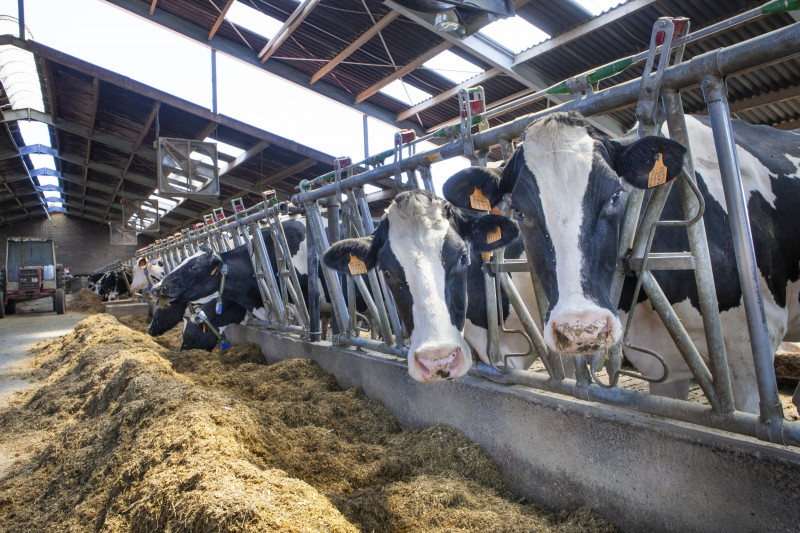The carbon footprint of Belgian milk is falling, according to research conducted by Leuven University. In 2000, this figure still stood at an average of 1.32 kg CO2 equivalents per litre of raw milk collected from farms, compared to 0.93 kg CO2 equivalents in 2019. The factor driving these dwindling emissions are increased productivity per dairy cow and the enhanced composition of the cattle feed.

These findings are derived from the latest edition, conducted this year, of a recurrent study that is carried out by Leuven University every 5 years. It is based on the accounting data of some 200 agricultural companies and on a life cycle analysis. As part of the study, various CO2 emissions, along with nitrous oxide (laughing gas) and methane emissions are computed and converted into CO2 equivalents. Some of the elements taken into consideration include the milk yield per dairy cow, self-produced as well as purchased cattle feed, fertiliser, manure processing, power consumption, etc.

Increased productivity and circular feed
Over the past 2 decades, the dairy farming industry has managed to slash the carbon footprint of its milk output by 30%. This substantial reduction is explained by a number of factors. For one thing, the yield per dairy cow has gone up by better gearing the feed to the animals, and as a result of improved genetics, a wider focus on animal welfare and the prevention of animal diseases.
For another, the focus of cattle feed has increasingly shifted towards greater circularity by resorting to by-products from the food industry, with examples including pressed pulp, beer dregs and linseed meal.
Unremitting efforts
“It is obvious that the efforts by dairy farmers to improve the efficiency and sustainability on their farms are paying dividends and are reducing our footprint”, says Renaat Debergh, executive director of BCZ, the Belgian Confederation of the Dairy Industry.
“This is also why our dairy ranks among the very finest in the world. As an industry, we have put in place a wide number of forward steps, but it is paramount that we keep up our efforts. The industry is working hard to further drive down the footprint of its milk output. We do so by individually following up on farms’ carbon footprint, providing advisory services and rolling out additional measures as part of the Climate Covenant on Enteric Emissions.”

